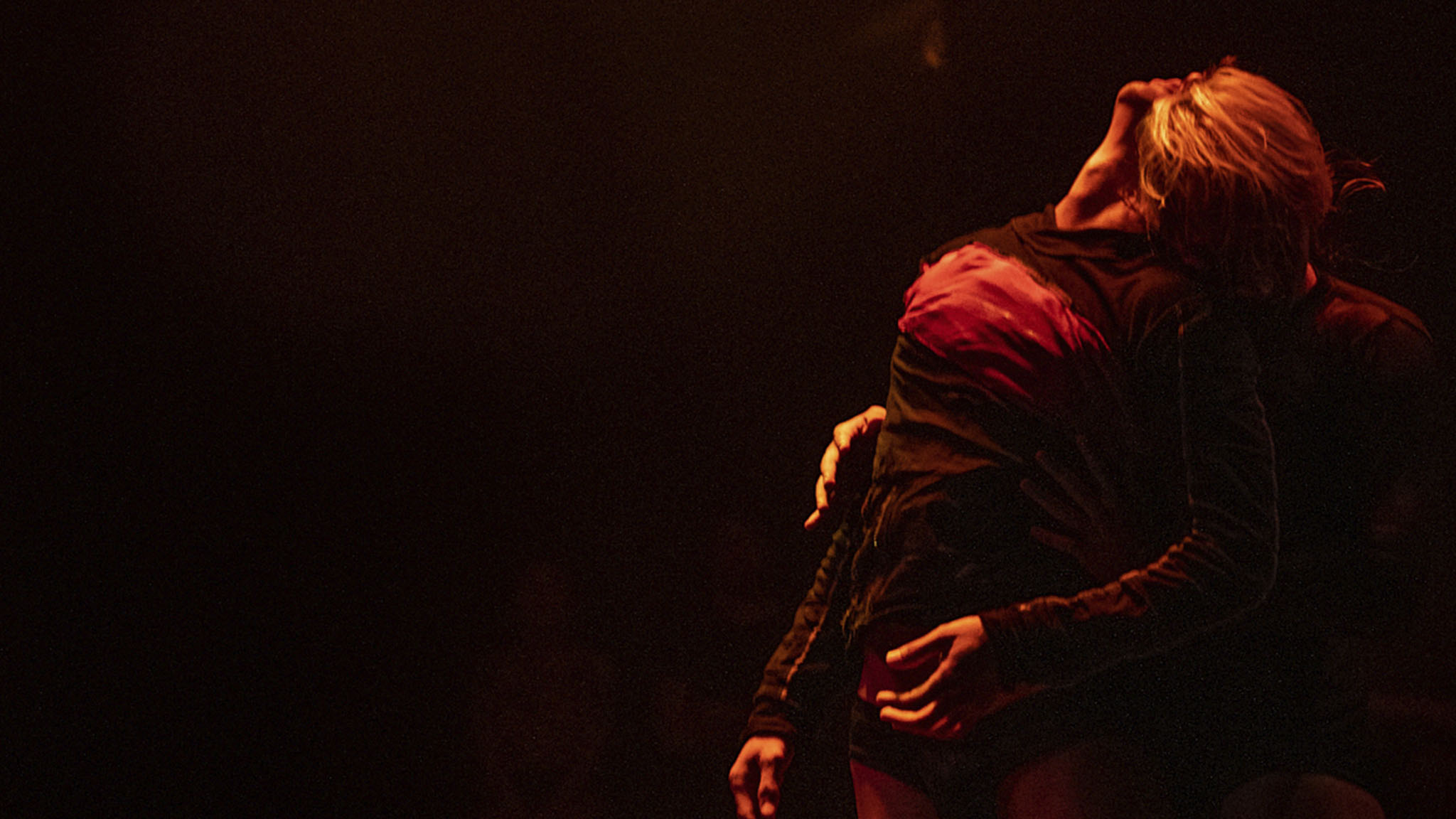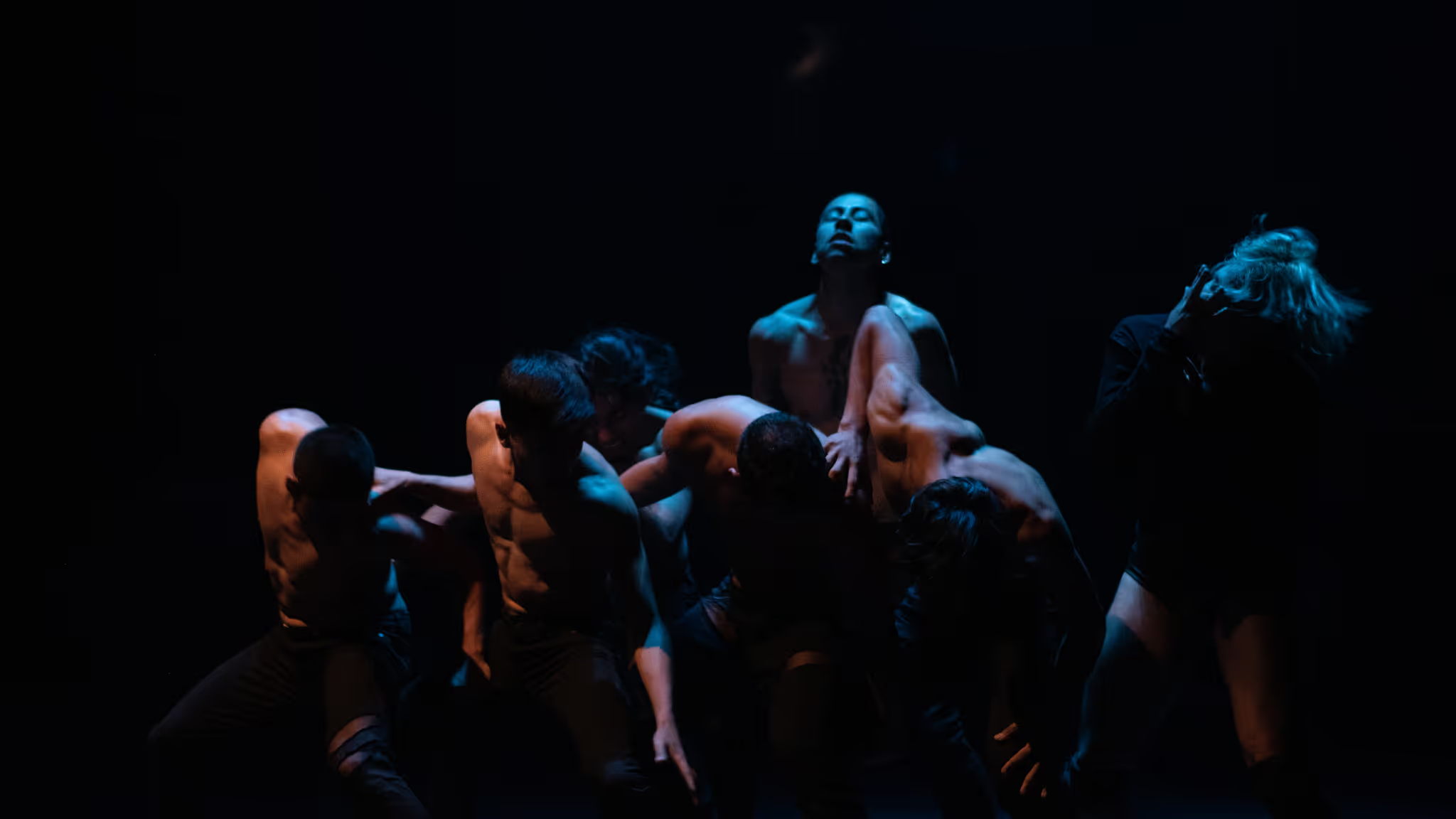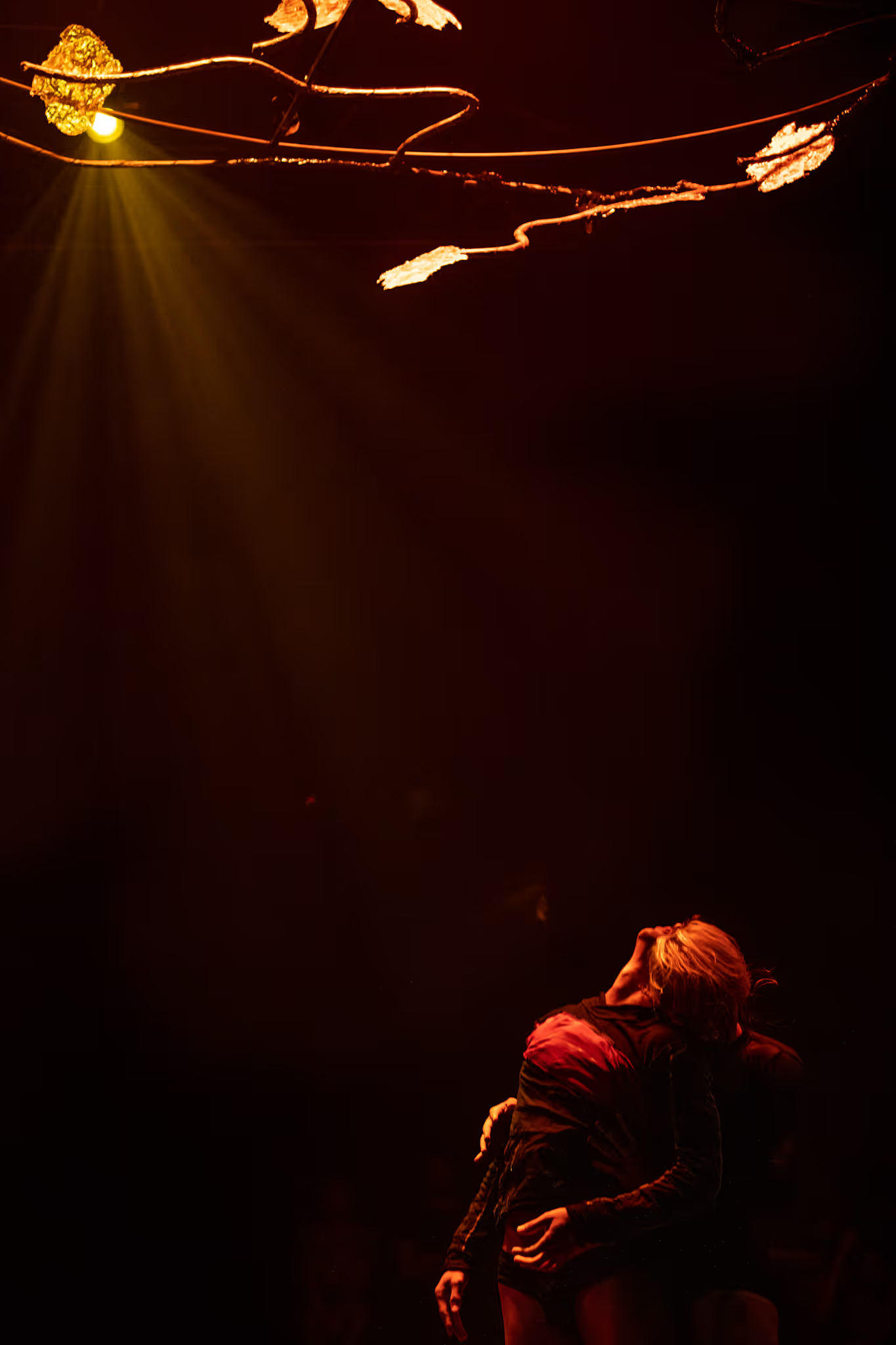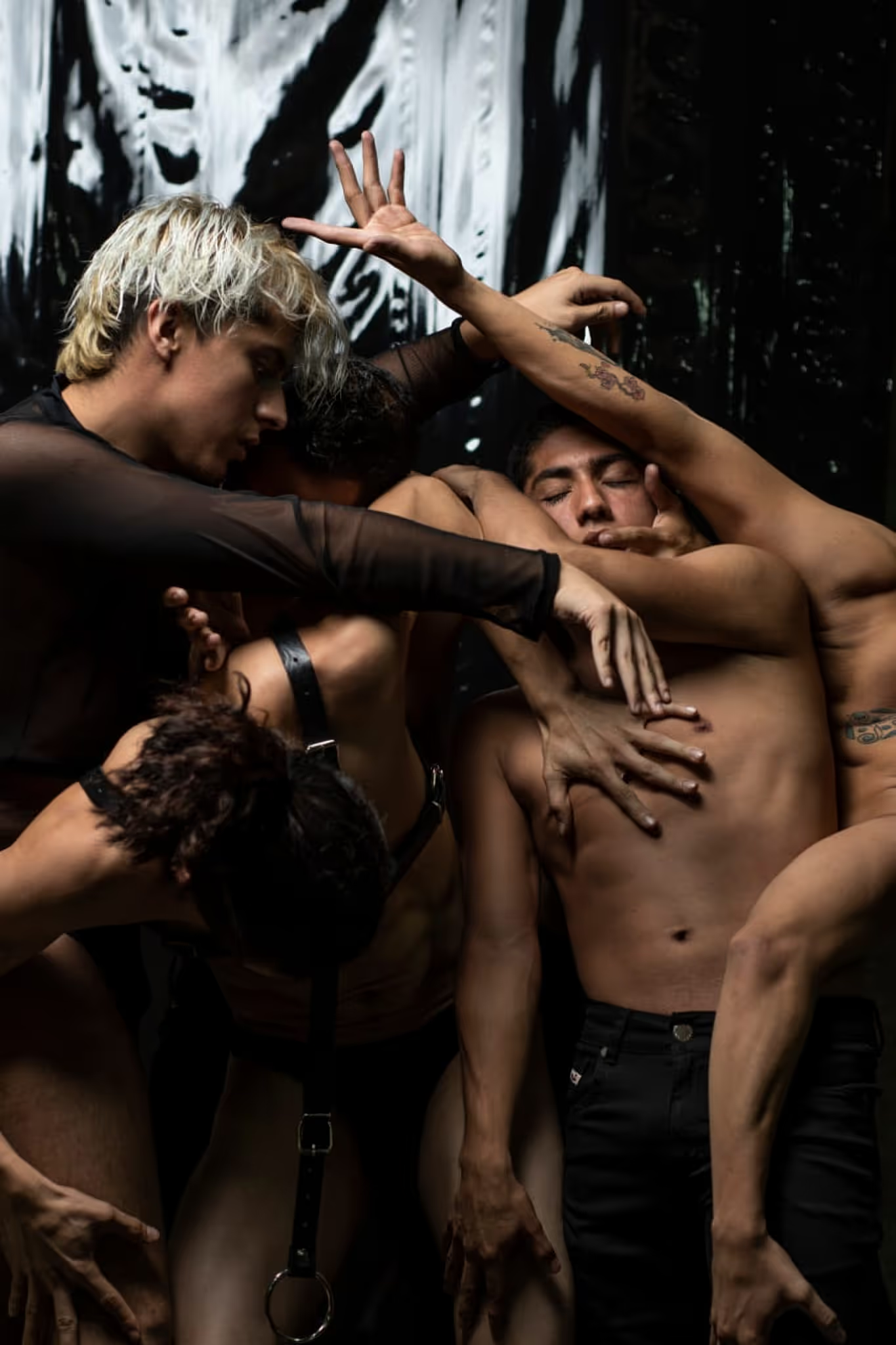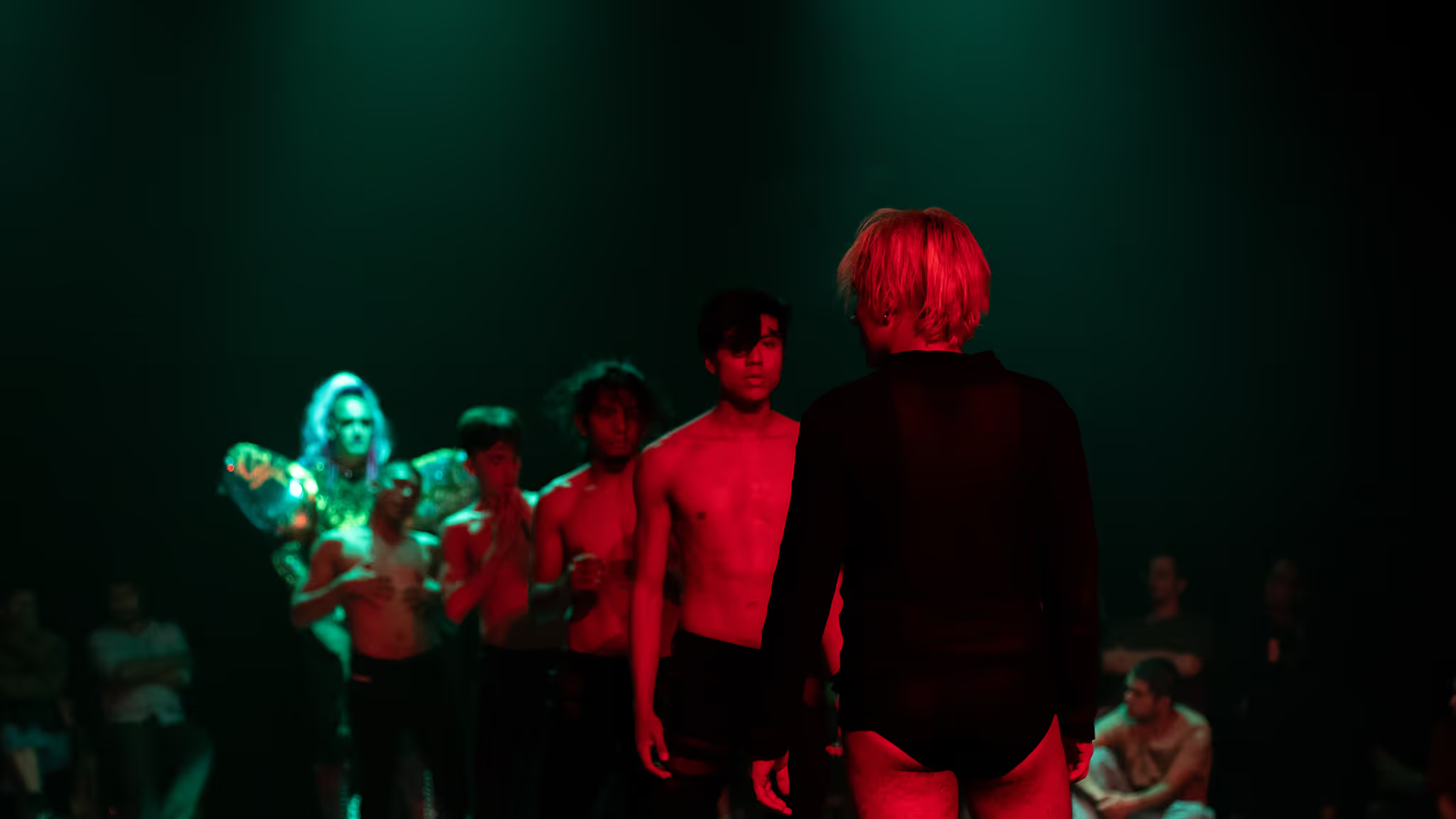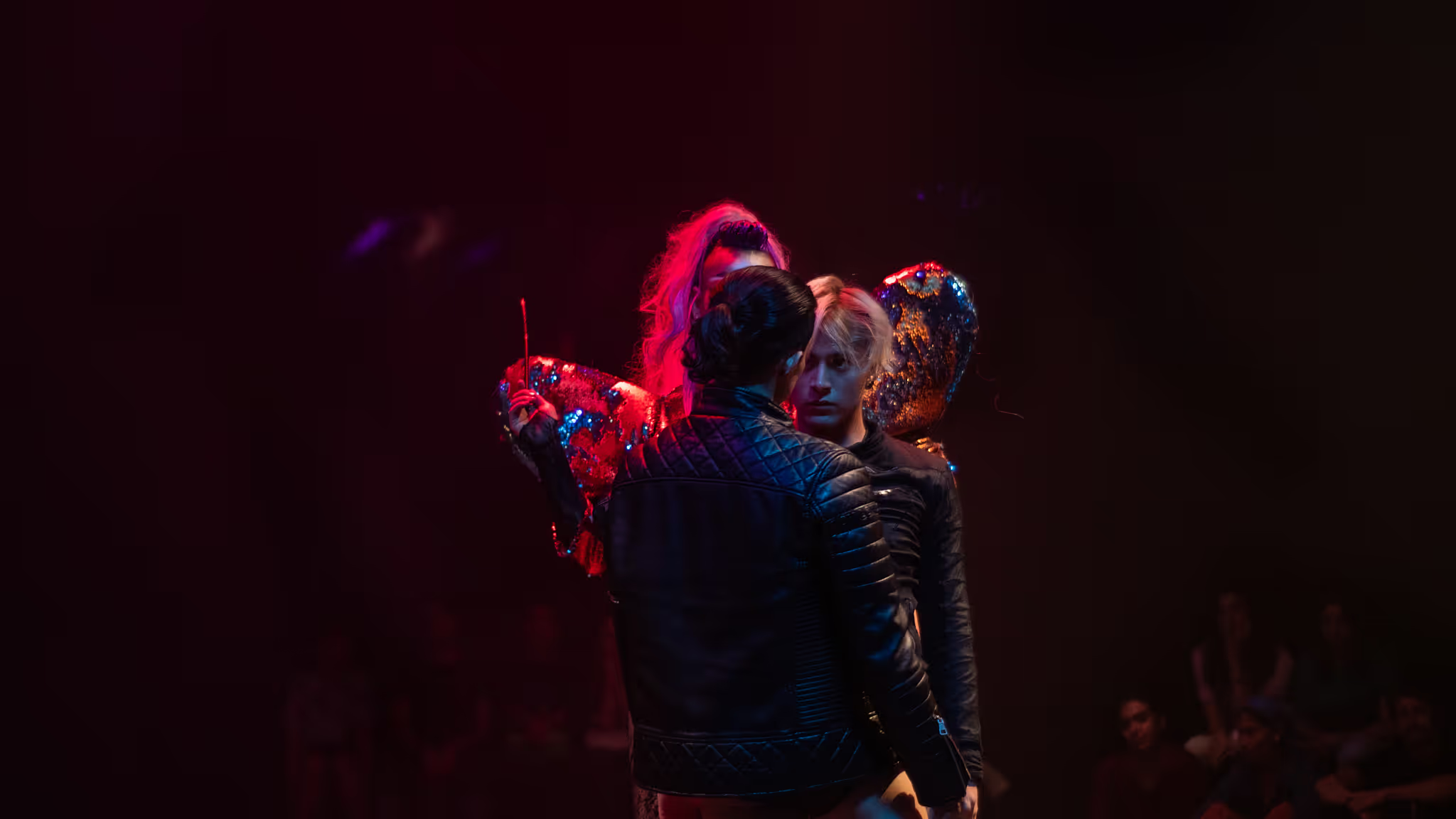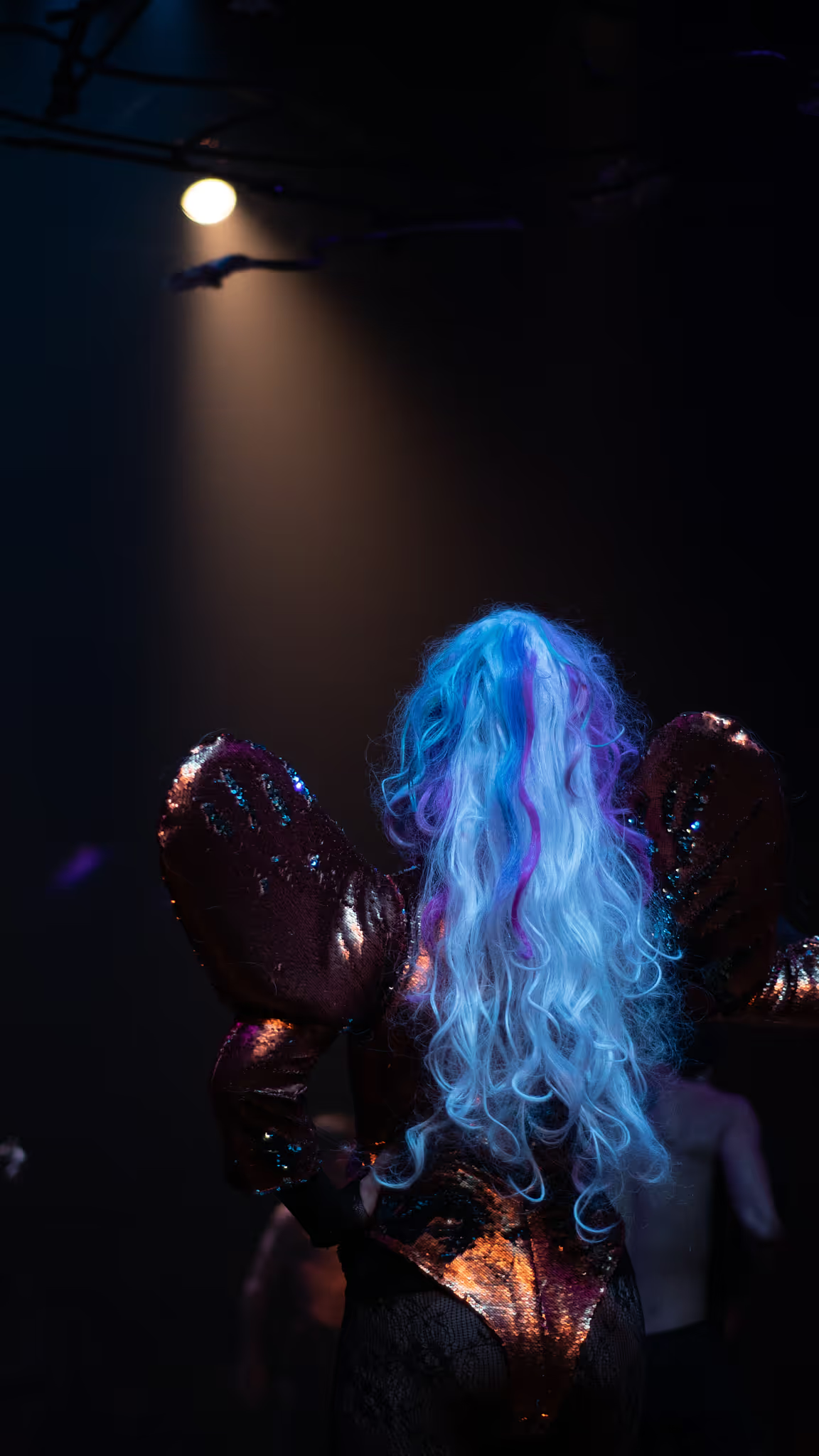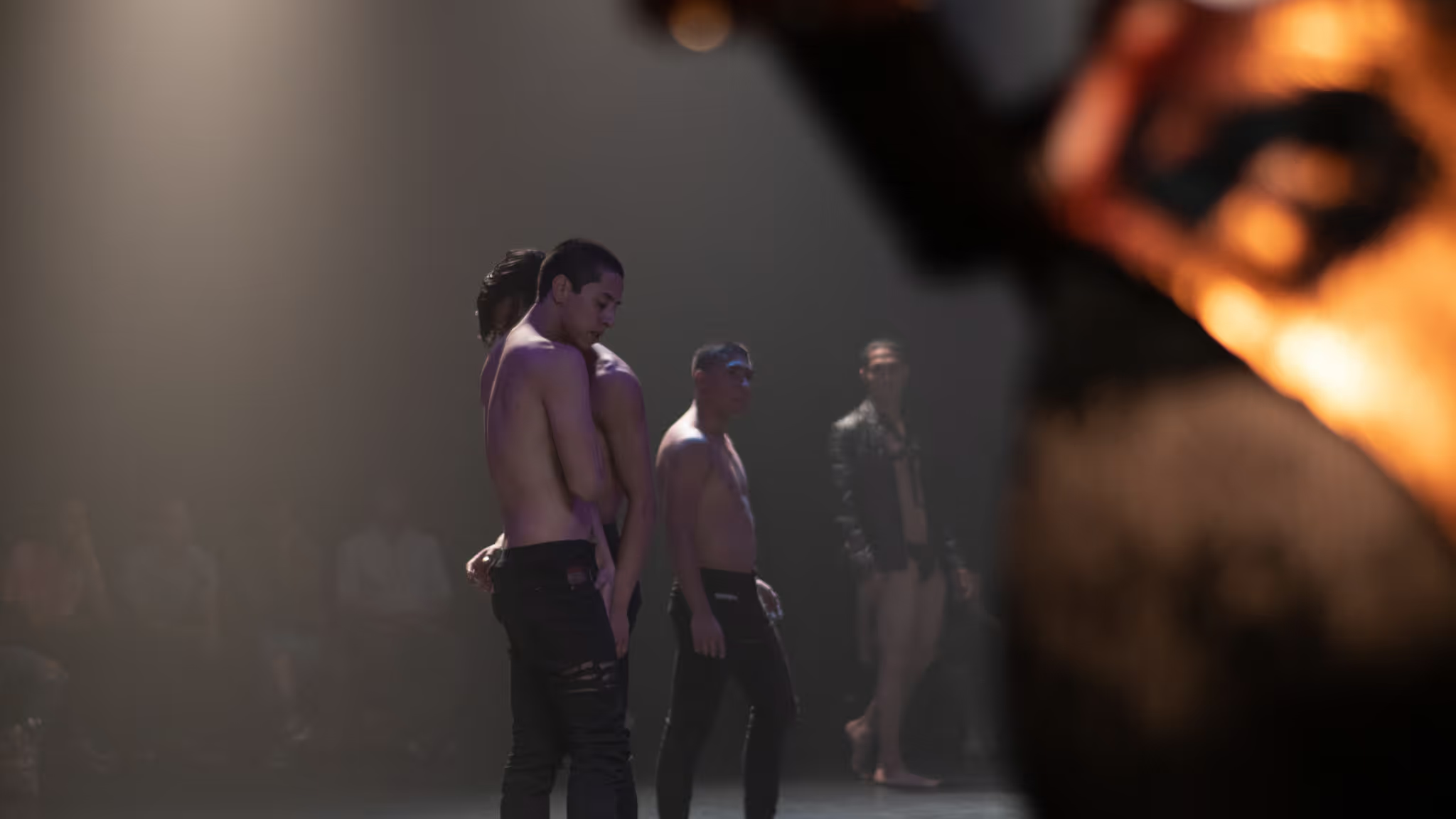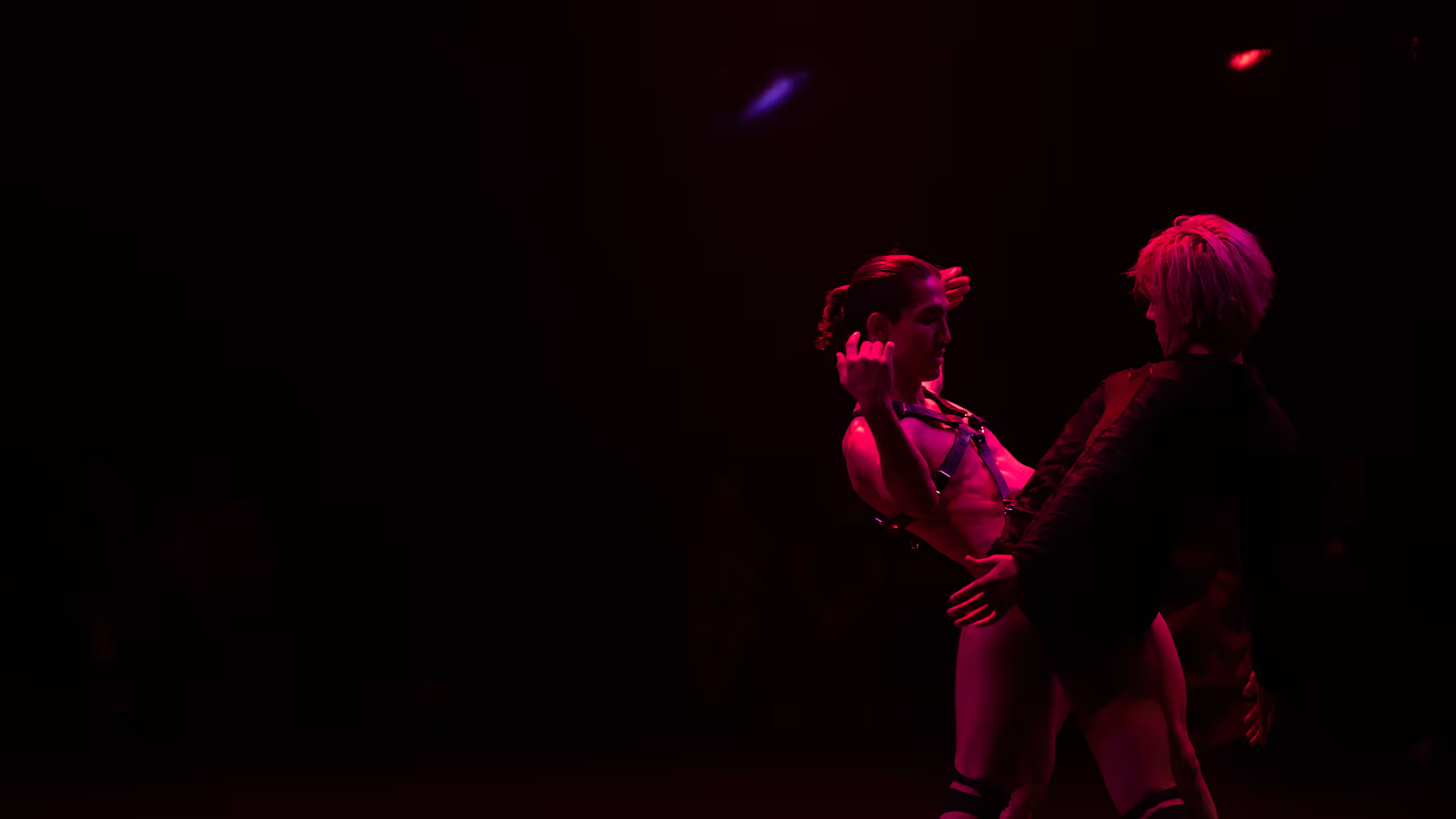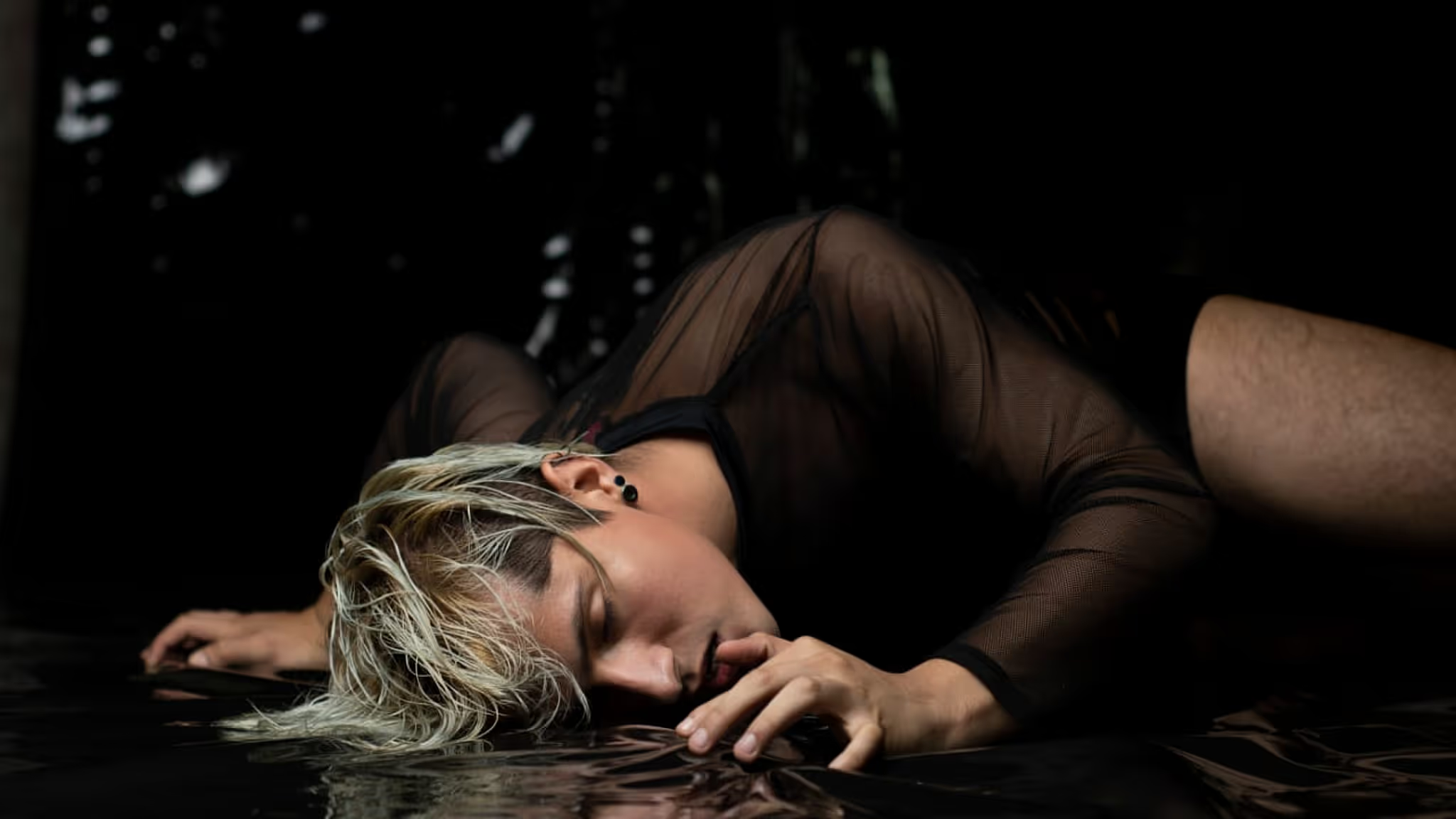What does it mean to have a company in this era?
Is that even possible for independent artists?
LOAIZAcorpóreo is the façade I've put forward since 2018. It exists as my "company" name whenever grant, festival or other annoyingly inflexible forms require it... In reality, I'm just a guy who works with who I can, when I can—stubbornly intent on building friendships along the way.
I think the idea of having a company piles unnecessary pressure onto independent artists who just want to make shit, imposing almost unnatainable work models on dance collectives that are figuring out how to stay together. What I care for is strong, diverse, fun groups that exchange their time and creativity for the satisfaction of art (...and getting paid, of course).
Things might change, but for now it’s just me—Victor—with great talented friends. Smashing art and body. Making stuff. Awesome stuff..


